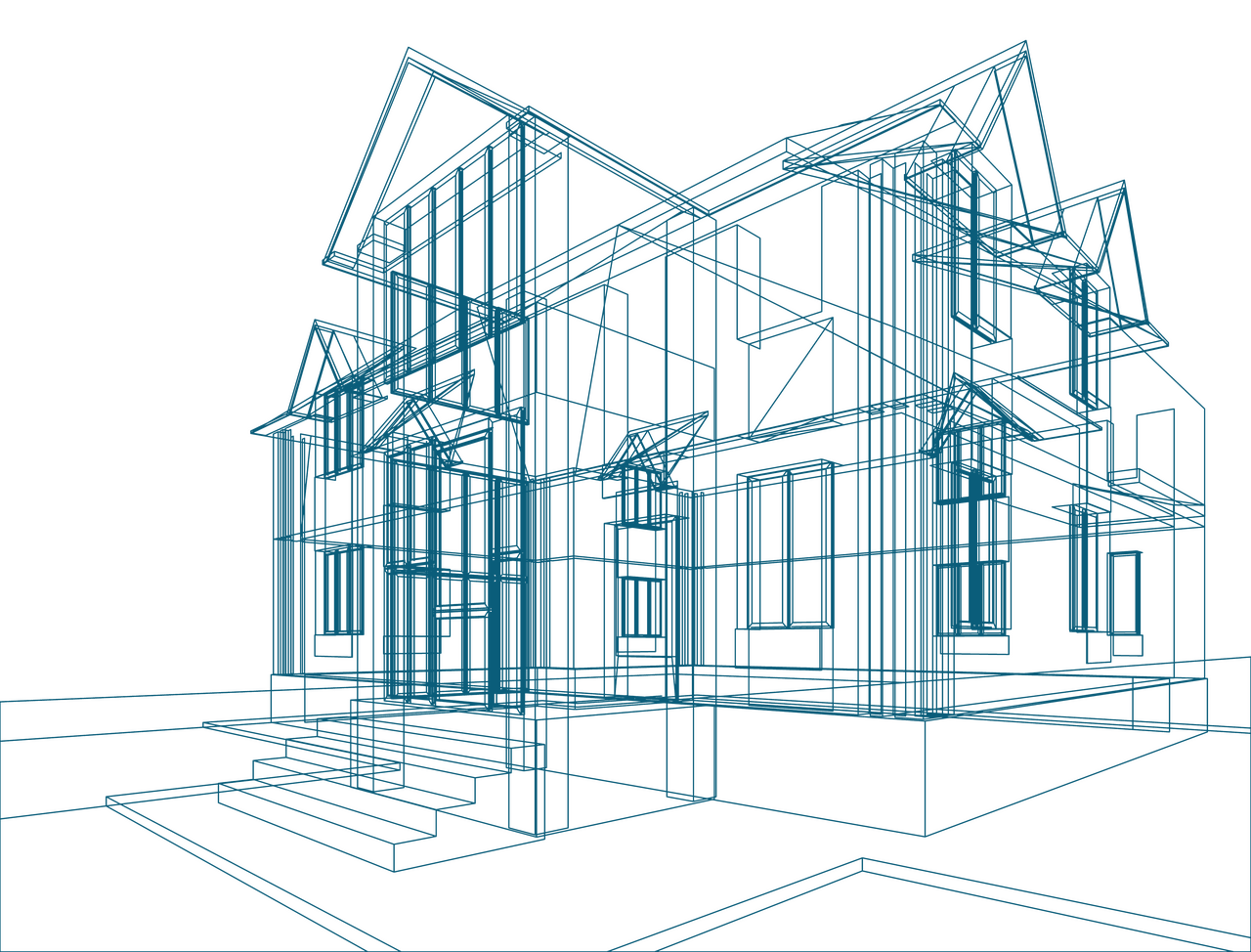


Market report
Data-Driven Market Research for Product Success
The Contractor Monitor offers vital insights into market trends, guiding manufacturers in refining their product development strategies for maximum impact.
Blogs I published 03 June 2024 I Dirk Hoogenboom
Why is Product Development Research Important and How To Do It?
Innovation is hard work. Businesses nowadays develop and evolve at a heady pace, so staying ahead of the curve means constantly introducing products that offer crucial advancements for end-users. But with customer needs changing on a regular basis and efficiency data varying depending on novel priorities, meeting expectations while anticipating shifts is easier said than done. That’s where product development research comes in.
Seemingly a clear-cut process: you identify the needs of the market, figure out how to fill the gap and provide customers with a „better product“ that outperforms the competition. While this general layout holds true for any business, nuances in construction, installation and home improvement sectors make things less straightforward. Typical product development research doesn’t really exist in these industries, which means that those who opt for it require a tailored and dedicated approach. This, in turn, means costs of research endeavours are high, but, as you know well, so is developing a new product. Expediting development by rushing through analysis stages may seem tempting, but poses risks of overlooking vital industry details which will prove far costlier in the long run. Below we’ll go over the essentials of development research and provide practical advice on approaching it efficiently so you mitigate risks, optimise resources and deliver products that fully resonate with your target audience.
How to Conduct Product Development Research
When it comes to PDR solutions, a one-size-fits-all approach won’t suffice. While the end-goal remains the same – harnessing data in order to provide the best-performing product – the process varies greatly from industry to industry and project to project. This is particularly pronounced in sectors of home improvement, construction or installation, so knowing what to do, and how to do it, requires an adaptable methodology with a sound outline. Let’s explore the basics together.
1) Market Needs Assessment
A common practice prior to the development of any new product, market needs assessments are a useful strategy in identifying unmet needs and deliberating potential for new products. The primary aim is to establish emerging trends and pinpoint gaps in the market so that you can leverage your offerings against the demands of your target audience. By learning more about the problems your clients face, you create the foundation for a strong and competitive product.
This typically involves interviewing key groups that would either use your product or prescribe them. B2B professionals are more difficult to reach online, so online surveys or panels won’t be as efficient for gathering insights. B2C consumers are more inclined to engage with online-options, so reaching them through online surveys can be highly effective. Research for both can be either qualitative or quantitative, depending on your specific objectives.
To get a clear reading on the market landscape, some of the questions you’ll want to ask are:
– What is missing in the market?
– Which trends have your target groups identified?
– What are major pain points with current products?
– How would a new product tie into those?
Trust us to guide you through the assessment process. Whether it’s identifying market gaps or emerging trends, we’ll provide you with the insights and strategies you need for a competitive product. For a comprehensive market exploration, including global outreach and ensuring you reach all the right audiences, USP is the trusted and expert market research and consultancy partner.


2) Concept Testing
An efficient assessment phase resulted in a clearer understanding of the gap and you’ve thought of a possible idea, concept or product to close it. This idea now needs to be verified, which means explaining it in detail to target groups and discussing its aspects and potential benefits with them.
This is, again, best done by interviewing professional users on their thoughts on your product. Through qualitative or quantitative research, you’ll get valuable feedback and a better understanding of what works and what needs adjusting. Qualitative research will give insights to specific customer needs with quantitative research providing reliable statistical information. For a comprehensive overview of your product, combine both approaches to make informed decisions the rest of the way.
Rely on the „measure twice, cut once“ principle early on to get a head-start on customer preferences. Any extra time spent on fine-tuning before prototype development will help you better understand specific wants and potential drawbacks. This might prove the tipping point that sways users your way as it will allow you to optimise your product’s appeal on the go and well before final decisions have been made.
Questions you might want to ask potential users are:
– What do they think of the idea/concept?
– Is it attractive/relevant/practical?
– Does it solve problems or pain points?
– Is there something missing?
– Which subsegment or feature proved most interesting?
Lean on USP’s support to provide you with all the information you need. Whether it’s identifying target groups or key trends in the industry, we’ll deliver on data, insights and advice. We can do this worldwide, reaching all the right people for your industry.


3) Prototype Testing
Once your idea is thought-out completely and a prototype has been developed, manufacturers will want to test it out to see how it performs in real-world conditions. This means verifying the product hands-on and reviewing possible missteps. Prototype testing allows you to directly assess the functionality, usability and market appeal of your conceived product.
This step involves engaging with the target audience directly, gathering their experiences and making final adjustments before the official launch. For industries like construction or installation, this will mean having professionals (like contractors or installers) work with new equipment. What sounded great on paper might differ in practice, so specialists weighing in with their input will be highly beneficial in determining your next steps.
Again, you’ll have qualitative methods at your disposal. The former give personal, user-oriented feedback from hands-on sessions while the latter provide data for analysis based on performance metrics. Using both will bring the most precise information on your prototype.
After the testing, you’ll want to focus on several key aspects:
– Do users like the design of the prototype?
– Is the prototype easy to install/use?
– How do users respond to it?
– Which specific issues did they encounter?
– Are any features missing?
– How does the prototype compare to existing products?
Leveraging our expertise, we aim to provide you with relevant, detailed and actionable insights. Whether it’s identifying key trends, engaging with the right target groups, or analysing feedback, our global reach and industry knowledge enable us to support you throughout the testing phase.


4) Post-launch Evaluation
The market’s been researched, your prototype tested to meet its demands and the product has finally rolled out. It might seem like all significant steps are now behind you, but there’s important tasks ahead to ensure your product fully thrives. Post-launch evaluations are an indispensable aspect of PDR, as they assess how well the product is received, monitor market shares and determine if additional effort is needed to drive growth.
The primary goal is to analyse the product’s impact on the market and identify opportunities for optimization. By gathering insights from customers and monitoring competitive dynamics, you’ll be able to make informed decisions and ensure your product’s long-term success.
Focus on market insights, like qualitative or quantitative survey data and market trends and sales data to gain an overall view of the scope in which your product is performing. During this step, seek out answers to questions on professional’s preferences, like:
– How is the product perceived among target groups?
– Are there any new trends in professional’s habits?
– How are market shares developing with regards to your competition?
– Is additional marketing needed to increase product awareness?
– Are there opportunities to further optimize and improve the product?
Don’t miss out on the opportunity for comprehensive feedback after your product’s been released. Leveraging USP’s expertise and global reach, you can ensure a thorough and actionable post-launch evaluation, helping you maximize the success of your product in the market.


Conclusion
As you decide who to partner with in product research development, it’s important you make sure that their approach is data-driven and based on a thorough methodology. Be it construction, installation or home improvement, all sectors in need of special attention when it comes to PDR, you’ll need someone to carefully assess your competition, evaluate your concepts and examine feedback through and through. It’s not a sprint, it’s a marathon and without proper advice, you’ll never really know what „better“ is in your respective industry or be able to use market shifts to your favour. Consult experts rely on their competence to get you, and your product, where you want to go.
With USP, you can rest assured you’re always making informed and timely decisions that fit real-time needs of your business. We offer B2B and B2C research, providing comprehensive support in all stages of product development.
If you’ve now gotten the handle on PDR and are looking for further information, we offer handy material, such as webinars and articles, on our website. Feel free to look them up and stay ahead of the curve.
Construction Consulting Services for You
We provide tailor-made market research and off-the-shelf reports, both B2B & B2C, qualitative and quantitative. Here are some you might be interested in
Innovate effectively by aligning new products with clear market needs and user feedback.
Track user interactions to refine product concepts and address real-world pain points.
Discover the core factors that guide buying decisions and shape product requirements.

Read more

Fresh Insights Await
Our relevant reports
Delve into the newest findings across various market segments, crafted for a cutting-edge overview. Explore our insightful reports, brimming with up-to-date data, trend analyses, and in-depth examinations, all tailored to provide you with a comprehensive understanding of the current market dynamics.
Construction
Home Improvement
Installation
Special reports












